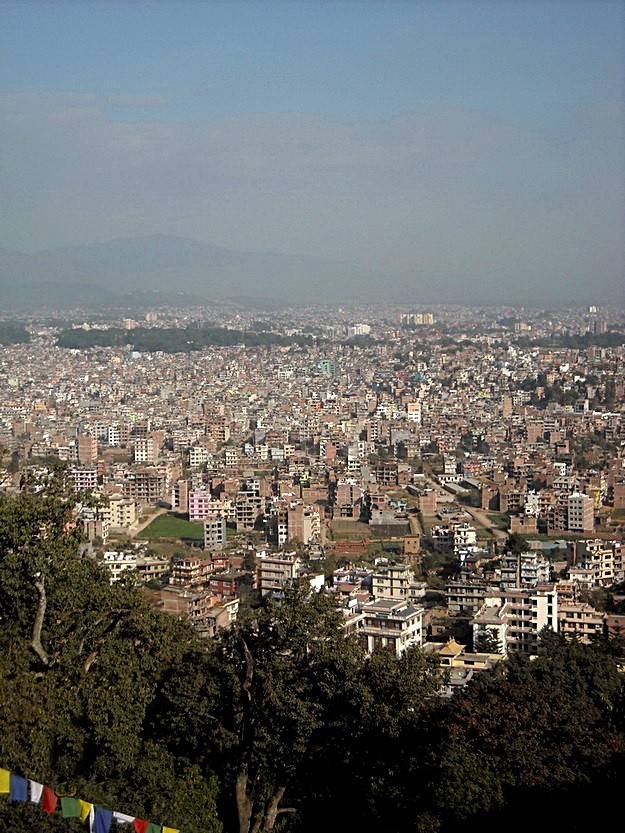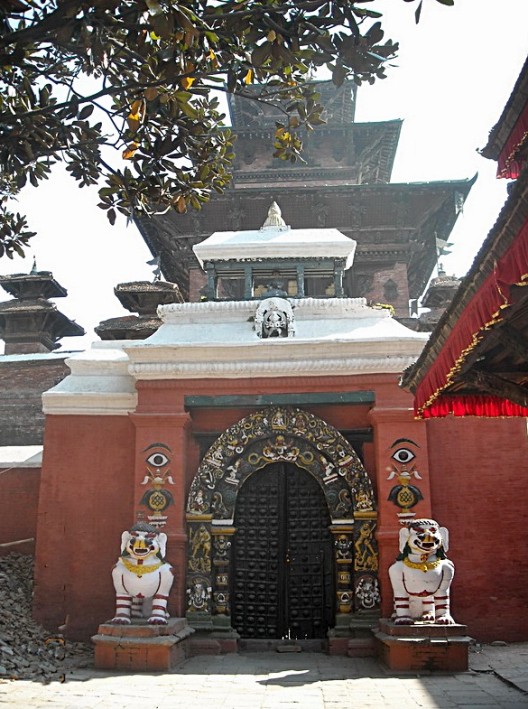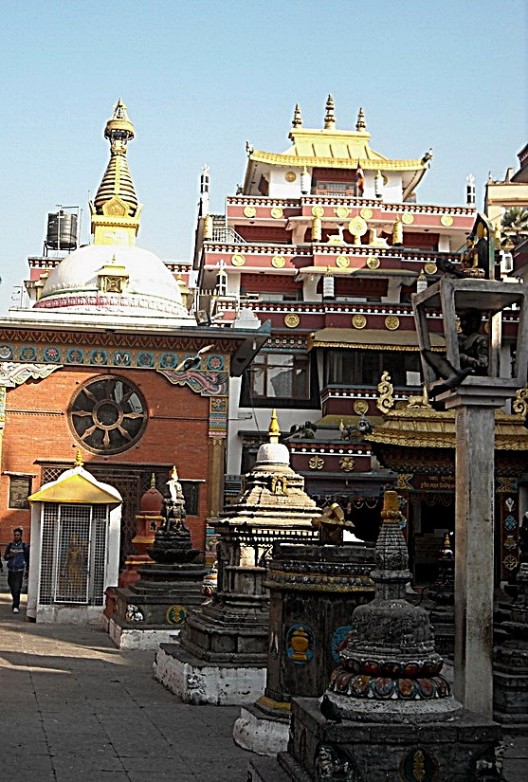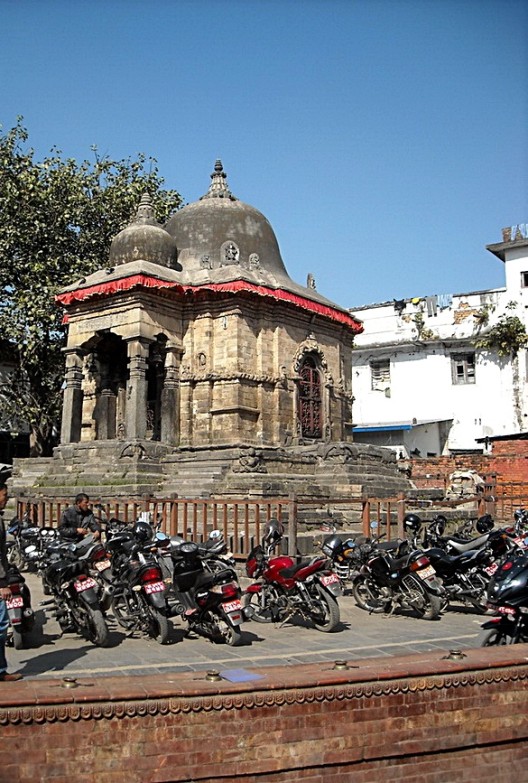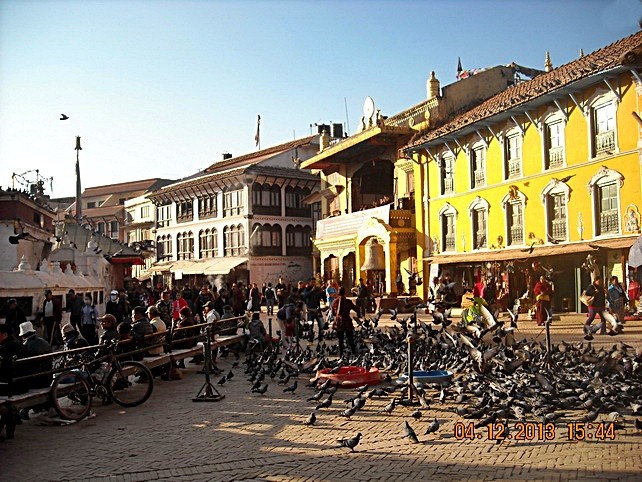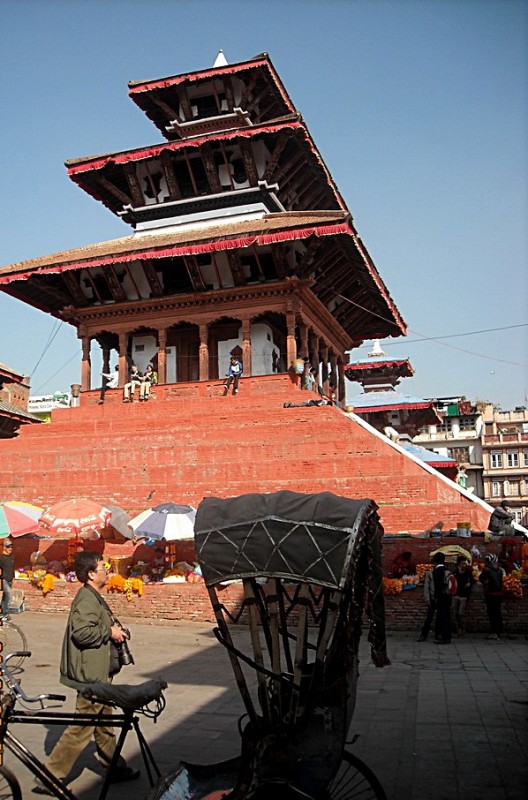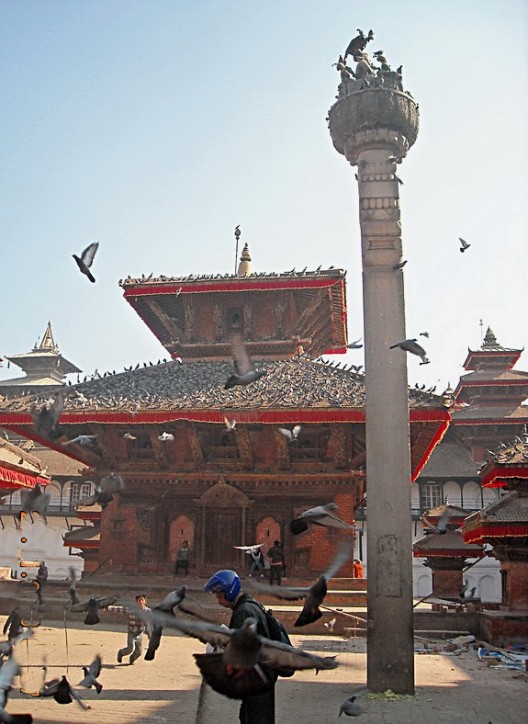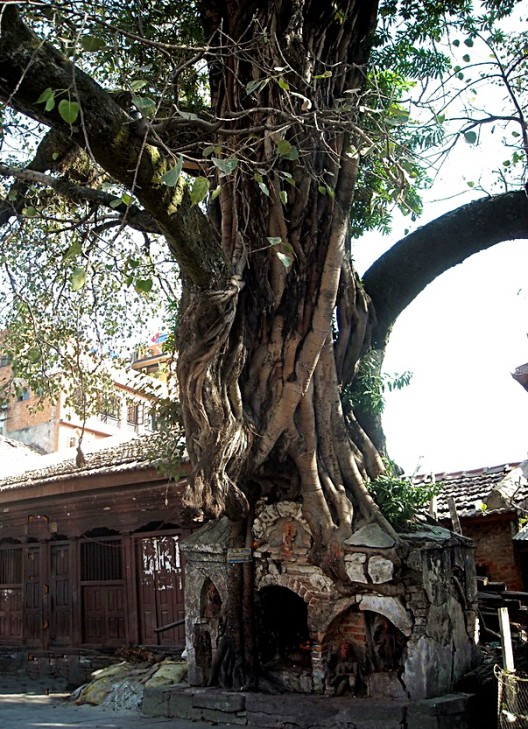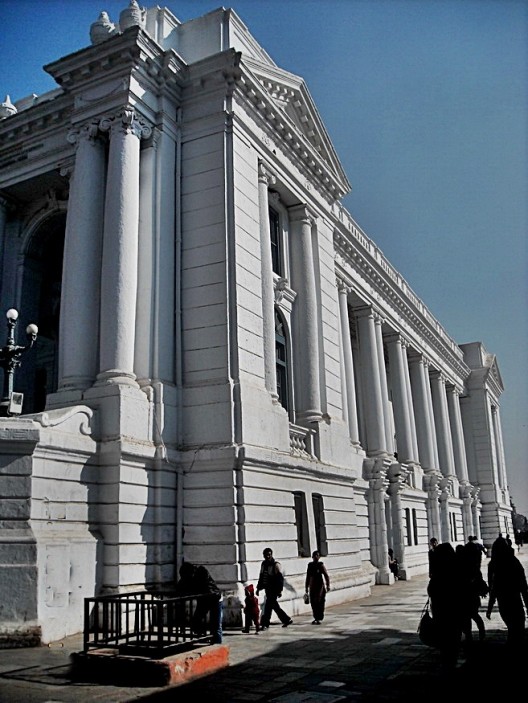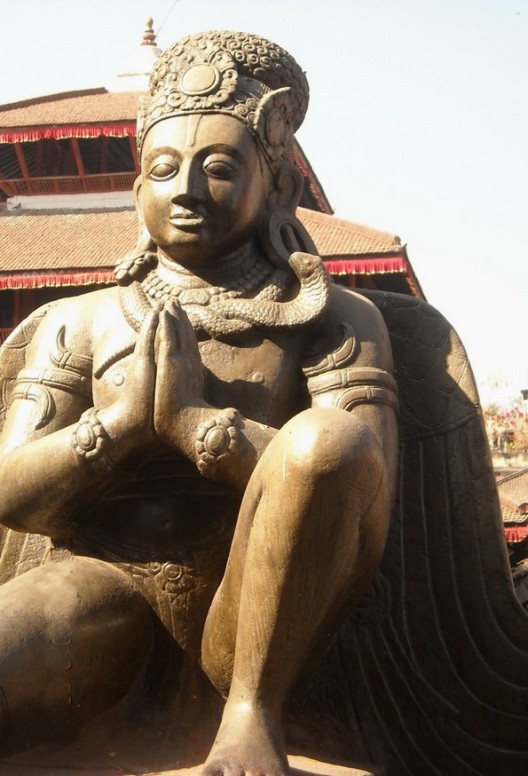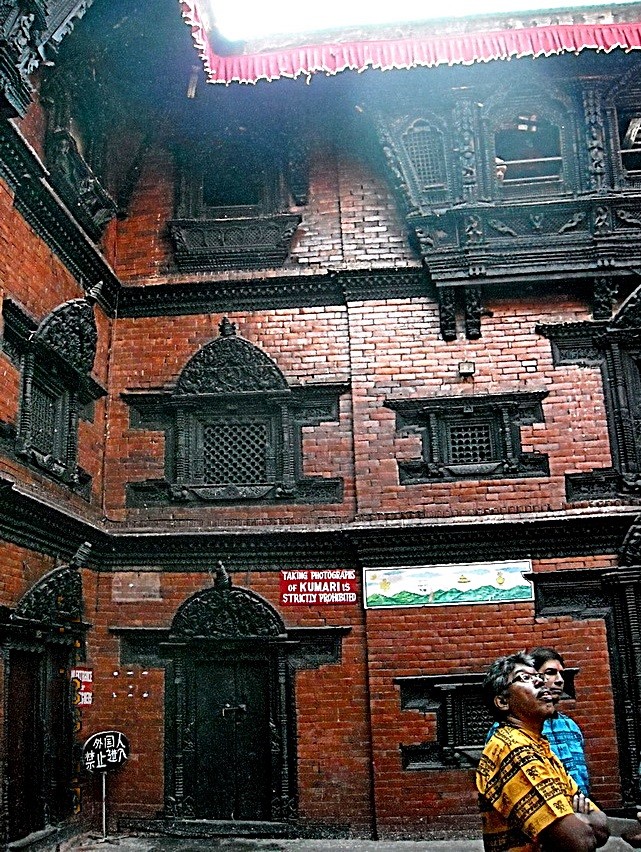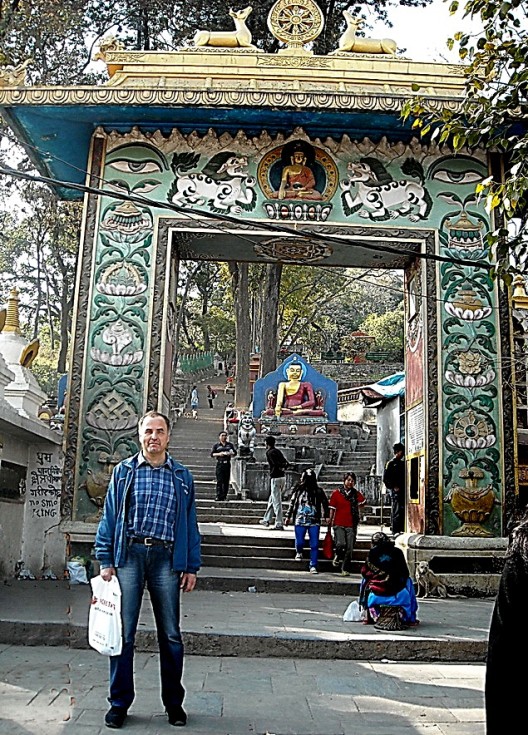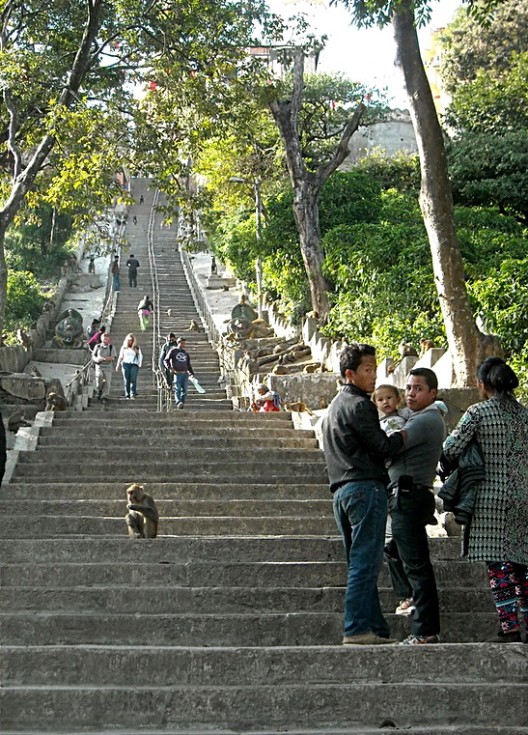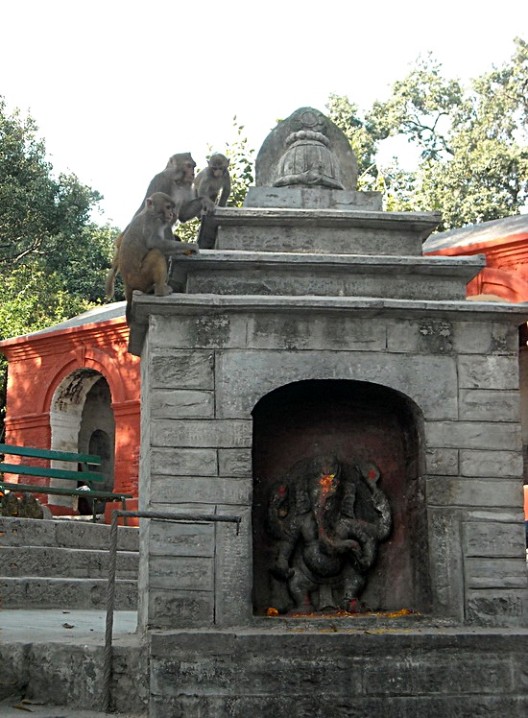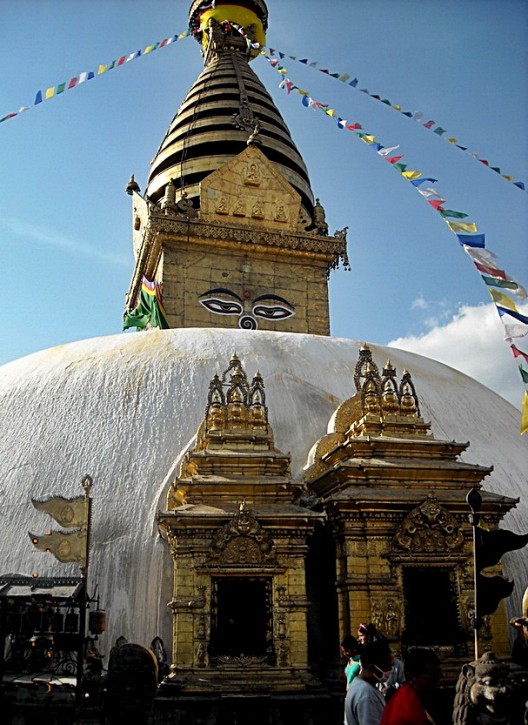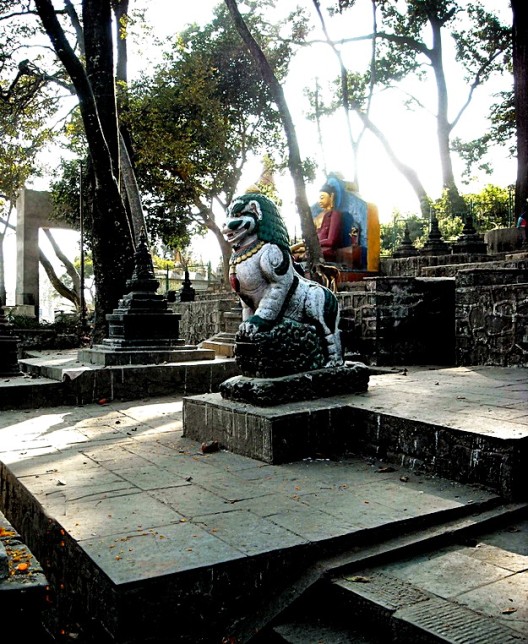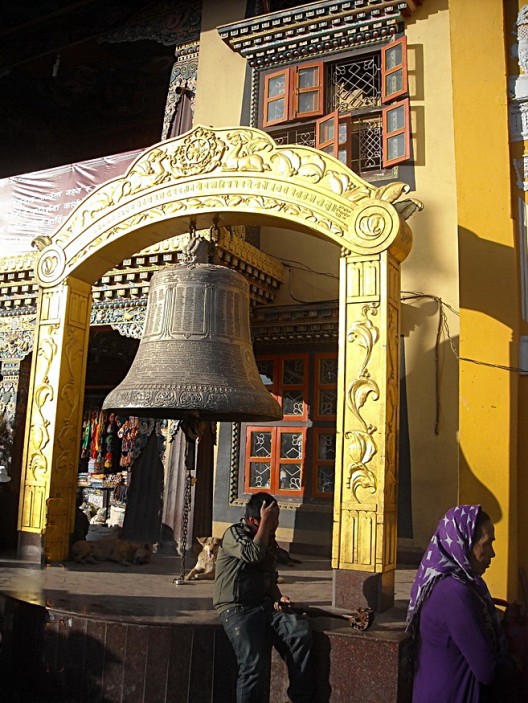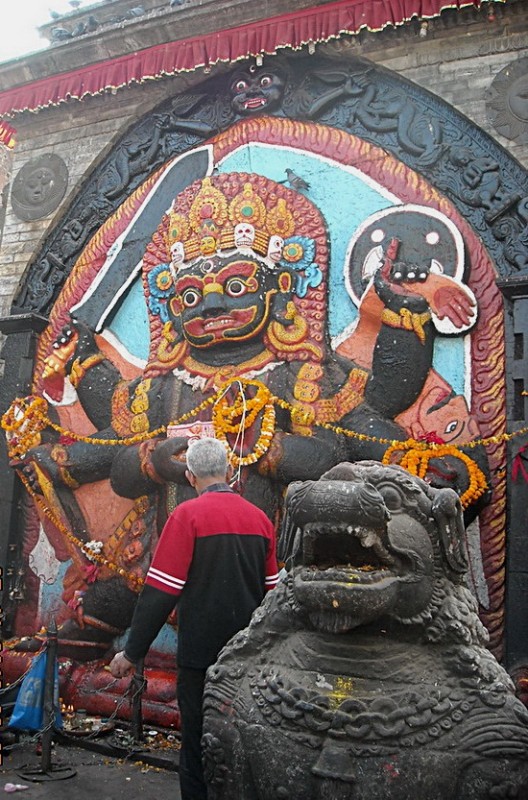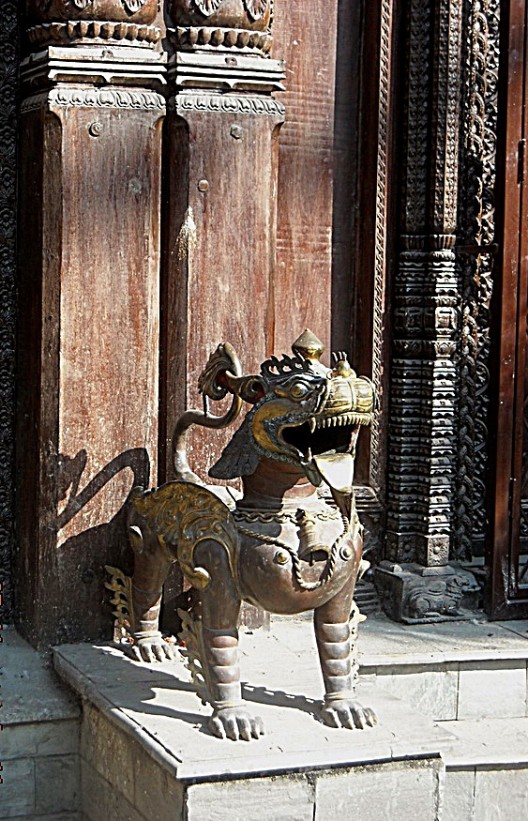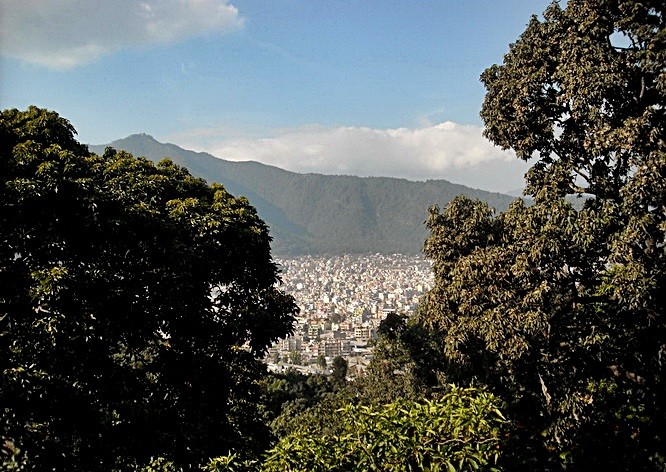It’s time for another guest post here at Prohltravel, this time featuring our good friend from Ukraine, Sergei Prutskov and his recent trip of a lifetime to Nepal.
Written by Sergei Prutskov and Greg Prohl
Photos by Sergei Prutskov
A trip from Kiev to Nepal
(Overview of Kathmandu)
I’ve taken many trips throughout the varied regions of Europe and while the experiences have always been positive, I was beginning to find them all a bit too much alike: museum followed by castle followed by cathedral, etc. And so I found myself searching for something quite different and decided to look to the East. After doing some internet research and having many conversations with friends and co-workers, I made the decision to try Nepal. Now that the journey is over, the photos taken, and the money spent I can say that overall Nepal was a good choice and one I would recommend to anyone searching for a more exotic travel experience.
(Typical Nepalese architecture)
(One look around and you’ll know you’re not in Europe anymore)
The first thing to consider if you’re planning to visit Nepal is what is the best time of year to go? For the best weather and optimum viewing of the magnificent Himalayas, there are a couple of choices. I opted for late November and early December and was very happy to see clear blue skies and sunshine nearly all the time I was there. April is also supposed to be a good part of the year, but I am told you should avoid late spring as it brings strong winds and consequently a lot of dust and cloud cover.
(Lots of sunshine and two-wheeled transportation)
(More sunny skies)
The late autumn-early winter time frame that I went brings consistent weather but with it a great disparity in daytime to nighttime temperatures. The mercury can easily reach into the twenties Celsius (that’s seventies in Fahrenheit) during the sunny days and then dip to the freezing point at night, so you should bring clothes to accommodate both of these extremes. Also, keep in mind that indoor heating is apparently an unknown concept in Nepal, even in hotels. Whether due to cost concerns (Nepal is a poor country by Western standards) or some other reasons, don’t expect to find a warm room at the flick of a switch.
(One of the many pagoda-style buildings)
Flying into Nepal you will of course enter through Kathmandu, the capital and largest city in the country. I would recommend spending no more than a couple of days in Kathmandu. There are some temples and other sights of interest in the city, but they can easily be covered in two days and honestly, there isn’t a lot else to do or see there. Sadly, I have to report that overall, my impressions of Kathmandu are not very positive. It is quite dirty in general with trash and debris littering the streets and sidewalks just about everywhere. My photos show some of this but in person it was actually worse. Another negative is the massive flocks of pigeons seen wherever you go and what the pigeons leave behind them covering everything.
(A helmet’s not a bad idea against the constant aerial bombardment of pigeons)
(This begs the question: which came first, the tree or the building?)
When I asked about this, I discovered that in some ways it is intentional, as the Nepalese want to maintain the authentic qualities of the capital in terms of the architecture and feel of the city. So they try to change things as little as possible, believing this makes it a more memorable experience. I guess they have succeeded in the respect that it does leave an impression, even if it is a negative one. An example is the white palace built in Western style shown below, which to European eyes is quite striking and lovely, but among the natives it is considered an ugly blight on their city.
(The “ugly” western-style palace)
(You’re in Buddha country now)
Nepal is primarily a Buddhist country and you will find temples, pagodas and statues all around the city. One of the most interesting sights is the Goddess Kumari. This is not a statue, but a real girl of eight or nine years age. She is chosen by monks who search for her according to very rigid physical standards which the girl must adhere to. After she is chosen, she comes with the monks to their monastery where she will live until her first blood of womanhood. Her family is allowed to visit with her during her “goddess” years in the monastery, after which she returns home and resumes a normal life. The monks then search for the next embodiment of Kumari and the cycle is repeated.
(Residence of the Goddess Kumari)
As a tourist or resident you can wait outside the monastery and hope to catch a glimpse of the goddess when she makes an occasional visit to the window and favors the public with a viewing of her. It is, however, strictly forbidden to take photos of her when she makes one of these appearances. I couldn’t help wondering what life must be like for this child. Is she sitting there doing her homework or playing with a friend and one of the monks says “Hey, go over to the window and look outside for a minute so the people can see you”? Not only that, but someday when she marries, she can always remind her husband that he married a goddess.
(The author poses at a temple grounds entrance)
(Stairway to heaven – or is it Nirvana?)
(Just monkeying around)
One advantage to travel in Nepal is the prevalence of English speaking people. I found that wherever I went it was no problem finding someone to ask questions, directions, etc. in English and be perfectly understood, especially among the younger generations. Upon asking one of my guides, he told me that in elementary schools, English is taught to all children as a second primary language. During my time in Nepal, I found a number of European nationalities present – Brits, Scots, French, Italians – and a lot of East Asians as you might expect, primarily Chinese and Japanese with a smattering of other countries represented.
(Colorful temple and prayer flags)
Another attractive trait of the Nepalese people is their overall friendliness and helpful attitude. If you have questions, can’t find something, or any other problem, you can ask just about anyone on the street and they will go out of their way to assist you. This is important as I discovered that I couldn’t find anything on my own. Signage is non-existent and in Kathmandu in particular, there is no order whatsoever to the way the city is laid out. If you go exploring on your own, expect to be lost and asking for directions frequently.
(Statues in the sun)
There are a couple of things to keep in mind during your stay in Nepal. One, do not lead with or offer anything such as money out of your left hand. The left hand is considered dirty and it is taken as an insult to proffer anything left-handed. Naturally this can be a big problem for someone such as myself who is, in fact, left-handed. When I learned of this and spoke to my tour guide, he assured me it would be okay, but perhaps try to keep it in mind and use the left as little as possible. A strange superstition to us from the West, but there it is.
(Street scenes of Kathmandu)
Another thing we might find unusual is the unreliability of the power supply, which even in Kathmandu can be erratic. Nearly every evening between seven and nine you can expect power outages of varying lengths. A bit inconvenient, perhaps, but not intolerable.
Be careful of being approached by strangers on the street, as they may be trying to sell you drugs. I twice was offered to buy hashish. I have no idea what the drug laws or penalties are in Nepal and don’t want to find out. I simply said no and walked away. To be fair, the dealers were not aggressive and did not pursue me in any way after my refusal, but for anyone looking for recreational drugs they wouldn’t be difficult to find.
(Marvelous color and detail on the wall)
(Someone’s house pet?)
One more thing to be aware of is a trait of the Nepalese that is difficult to define. To me, it verges on dishonesty but I believe it is simply a cultural difference in attitude perhaps best explained by the Buddhist religion. Let me explain by example. Money changing is very easy in Nepal, one dollar to a hundred rupees. However this also makes it easy to drop or add another zero when calculating some transaction in your head. I did this once, inadvertently paying fifty dollars for something that should have cost five. I didn’t realize this until later in the day, and thinking back I am sure the shopkeeper knew I was overpaying but said nothing. To him, this was simply some sort of karma bringing him good fortune, a gift not to be refused. For me, not so much.
Another example was when I came down sick with some flu-like malady for two days. I had paid in advance for a day-trip excursion into the mountains but was too ill to make the trip. When I tried to get my money refunded I was told it was not possible, although I’m certain it could have been done if they wished to do it. So, buyer beware when it comes to such things.
(A parting shot of Kathmandu)
Coming Soon: Nepal Part Two: The Himalayas and beyond.
